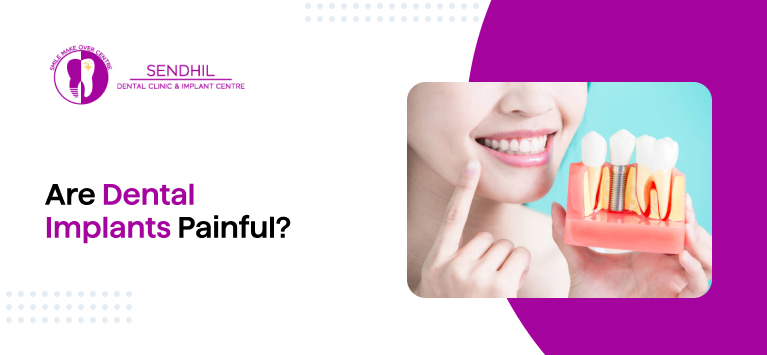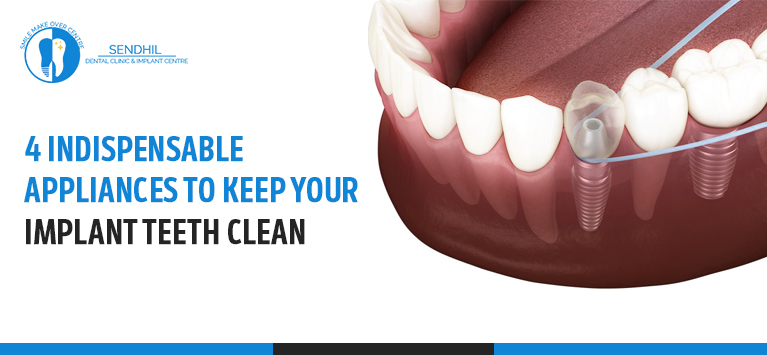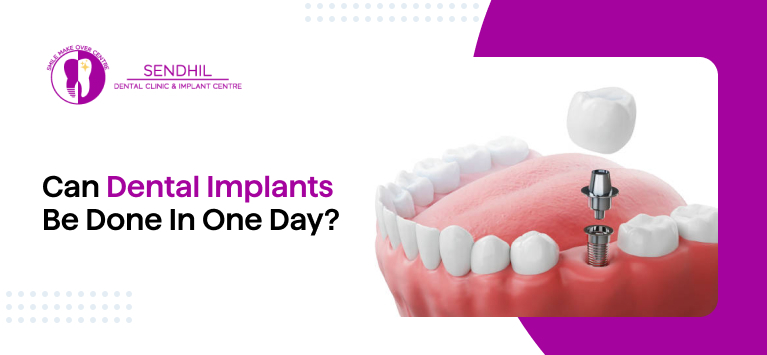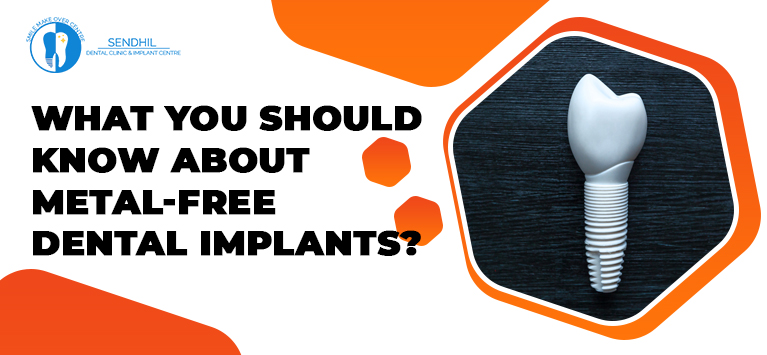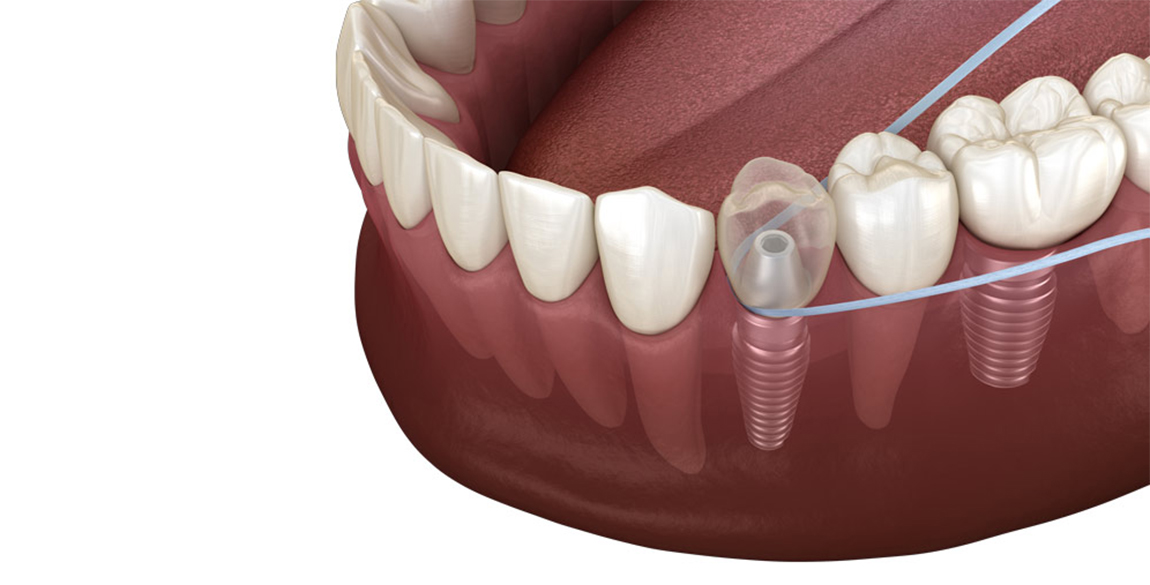Different types of teeth implants to replace missing teeth
Dental Implants are the metallic posts that are surgically inserted into the jawbone to replace the root of a missing tooth. Then a tooth-like crown is fixed or screwed on the implant. As the jaw bone fuses with the post and assures the stability and durability of the implants.
Implant dentistry is the widely used teeth restorative treatment preferred by Prosthodontists because of its advantages. The artificial tooth or teeth fixed with implants are not mobilized unlike other dental restoration methods like bridges and dentures.
A Dentist can choose the appropriate type of dental implants depending on the number of lost tooth, availability of supporting bones in the jaw, etc. In this post, our team of Implantologists has explained the different types of implants.
If you are interested, scroll down to read them.
Table of Contents
Types of Dental Implants
In general, Dental implants are classified based on the size and procedure involved in placing them. Such classification includes:
1. Subperiosteal Implants
The subperiosteal implants are appropriate for persons who do not have sufficient bone height to fix implants. In this case, the implant is placed just below the gum tissues. The implant becomes blended with the jawbone when the gum gets healed. Then the artificial teeth are placed on the protruding posts.
2. Endosteal Implants
It is the commonly used teeth restorative method with implants. The metallic posts (implants) are positioned in the jawbone. This is followed by fixing an abutment on the implant to fix artificial tooth on the implant.
3. Zygomatic Implants
Zygomatic implants are right for people who have no maxilla bone and the remaining bones in the maxillary region also weak due to sinus volume enlargement. As the maxilla bones are absent, the zygomatic implants get anchored to the cheekbones.
It is a kind of invasive surgery. It should be carried out by implantologists, oral & maxillofacial surgeons and others who are well expertise in this surgical procedure.
4. All-on-4 Implants
This implant is utilized for multiple tooth replacements. It is also applicable when a patient has lost his/her complete arch.
An all-on-4 implant is a combination of implants and bridges. It includes 4 dental implants to anchor the teeth restoration. The advantage relies on this implant is can be placed in any bone available in the maxilla.
5. Mini implants
It is a dental restorative approach used by Dentists at times. As the name suggests, the mini implants have a small diameter when compared to a standard implant. This kind of implants is suitable for persons who do not ample bone support to anchor the implants.
6. Over-dentures
This is a combination of implants and dentures to restore the missing teeth. When you use dentures to restore missing teeth, the chances are higher for bone loss as the dental appliance presses the gum and bone beneath it while you are wearing that.
If the dentures get supported by two implants on the edges of the arch, it will prevent such bone loss.
Besides these, bar fixed to the bone, blade type implants, transosseus implants are also in practice but they are deployed in a limited manner.
If you prefer dental implants to replace missing teeth, you should have healthy gums and bone to support the implants. A healthy diet and effective oral hygiene routine are essential to attain that. Similarly, you should maintain that effective dental care routine after placing the implants.
Have doubts or questions on the mentioned implants? Please enter them in the comment section. We are ready to answer them.


